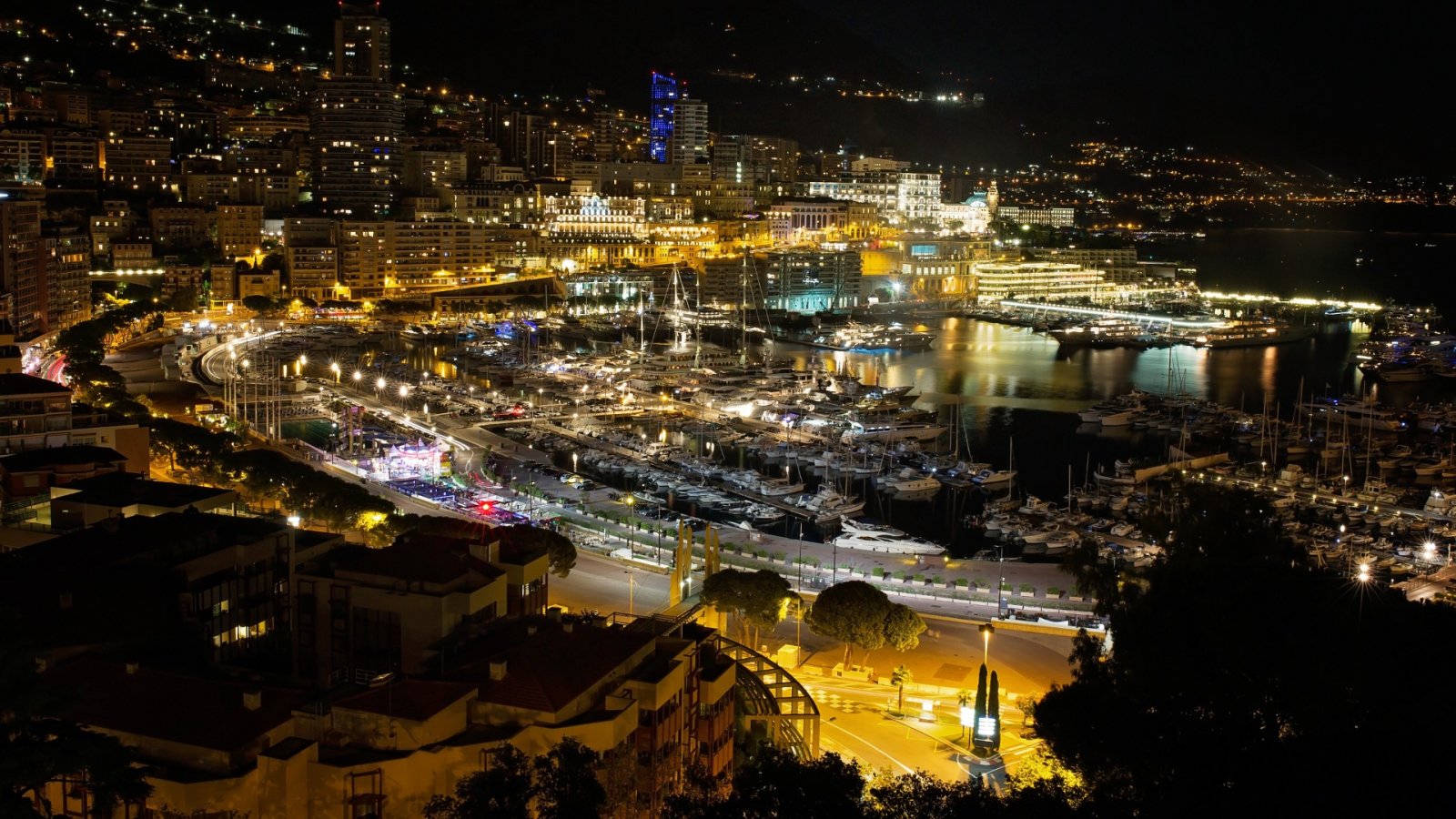The Monaco Grand Prix remains one of F1's most iconic yet paradoxical races. Held on the tiny principality's cramped streets, it provides dramatic spectacle despite safety risks. As Nelson Piquet described, racing feels like "riding a bicycle in your living room." Its anachronistic nature is tolerated due to celebrity glamour annually. Spectacle outweighs concerns over competitive racing. Beyond F1, popular historic races and newer Formula E events use adapted layouts. Monaco thus maintains its central role in motorsports hosting F1, historic and electric categories.
The circuit’s history
In 1929, wealthy resident Anthony Noghés conceived hosting races on Monaco's cramped harbor streets after his yacht club was denied inclusion in motoracing's international body due to lacking a home event. He designed a winding 3.3km circuit navigating Casino Square and harborfront, gaining endorsement from local star Louis Chiron. On April 14th, Englishman William Grover-Williams won the inaugural four-hour Grand Prix around the tight streets after 100 grueling laps, competing under the alias "Williams."
An overview of the first changes in the circuit
For the 1932 race, held as the first European Grand Prix of the season, the circuit saw early modifications. Tramlines crisscrossing parts of the route were removed, replaced by a smoother surface. Spectator numbers steadily grew through the mid-1930s, reaching over 100,000 regularly attending the prestigious event. A chicane was slightly altered in 1935 to slow cars, with racing continuing annually until the outbreak of WWII canceled all events in 1939.
Following the war's conclusion, Anthony Noghés again championed the Monaco GP's revival in 1948. The 1949 running was skipped due to Prince Louis II's death, but the 1950 edition was included in the inaugural Formula One World Championship.
In 1952, sports cars competed as Formula One regulations remained unfinished. Minor adjustments were made to Ste Dévote corner. Tragedy marred the event when racer Luigi Fagioli crashed fatally in the tunnel during qualifying, succumbing to injuries after 18 days.
The Grand Prix was canceled in 1953-1954. But from 1955, it regained its place in the Formula One World Championship - a streak continuing unbroken to this day. That year, the start moved waterside ahead of Gasometer. Infamously, Alberto Ascari lost control at the chicane and plunged in the harbor, saved only by on-duty frogmen who rescued and craned his Lancia back to shore.
The chicane narrowed in 1956 to slow cars, undergoing further tweaks in 1957 and 1962. 1963 saw the start relocated beside pits with a staggered grid aiming to reduce first-corner crashes. After Lorenzo Bandini's 1967 fatality at the chicane, organizers shifted it 100 meters closer to Tabac, shaving a second per lap off lap times for safety. Minor improvements sustained Monaco's allure as racing's most iconic fixture.
Upgrading the circuit
The 1969 Monaco GP saw the first use of Armco barriers at points around the circuit, enhancing safety but also narrowing areas. Additional barriers in subsequent years created a tighter funnel effect. By 1972, drivers pushing for more protections led to temporary pit relocation that year due to demands for a permanent barrier separating mechanics from cars. With no room on the start/finish, pits shifted to a traffic island on the left turn. A new chicane also slowed cars entering via the old chicane and before Tabac corner due to the adapted layout.
Rascasse and Ste Dévote slowed in 1976. The high-speed chicane by the tunnel, increasingly taken at alarming speeds, was replaced in 1986 closer to the exit via more reclaimed land, giving run-off but remaining tricky. The 1997 swimming pool S-bends redesign pushed barriers back, dedicating the revised section "Virage Louis Chiron" in honor of the 1931 winner and longtime clerk. Iterative change steadily modernized Monaco's layout while maintaining its historic infrastructure.
Expansion of the circuit
In 2003, some 5,000 square meters of land were reclaimed off Monaco's southern port, shifting the circuit 10 meters south between the pool and Rascasse and completely redesigning that section. A tighter chicane replaced the pool's S-bends. The following year, overbuilding the old track provided 250 extra square meters of pit space under new, wider pits. Changes in 2015 saw Tabac edged 2.5 meters closer to the harbor for safer turning. Realignment continued up to the pool with slight modifications. A shorter ePrix version debuted in 2015, omitting the hill after Sainte Devote to instead sharply turn down Avenue JFK back to the squared Nouvelle Chicane hairpin. Formula E races precede F1 on the full circuit two weeks later each year. Iterative land reclamation and infrastructure works modernized Monaco's layout within physical constraints.






